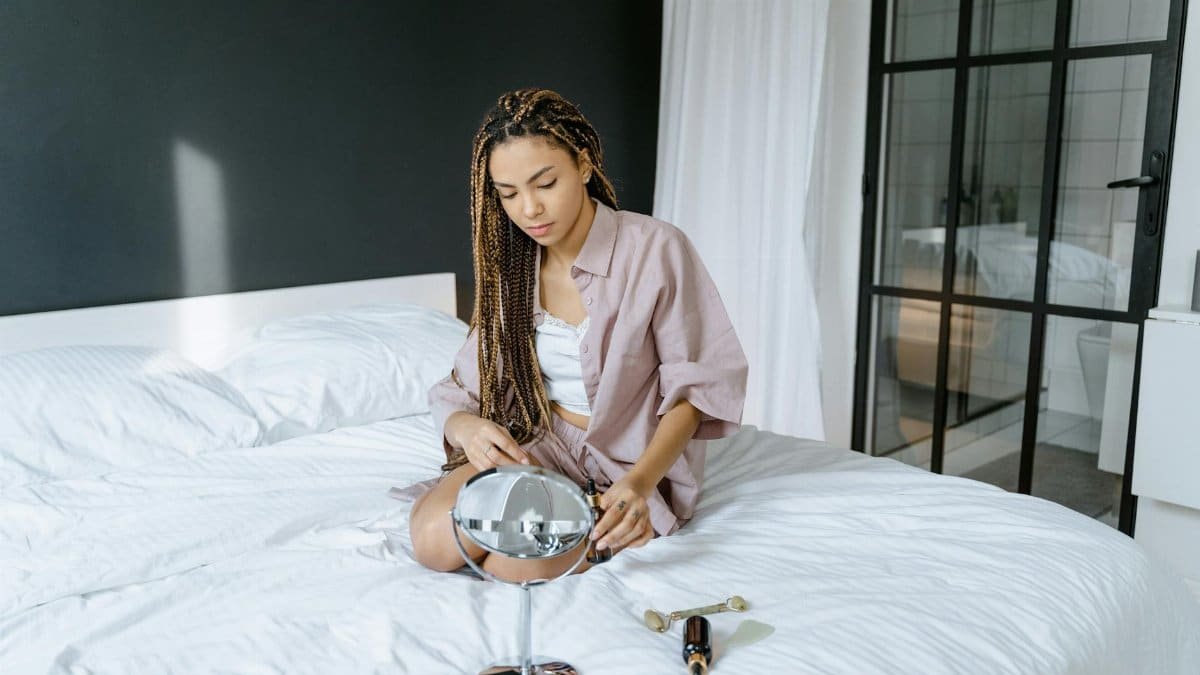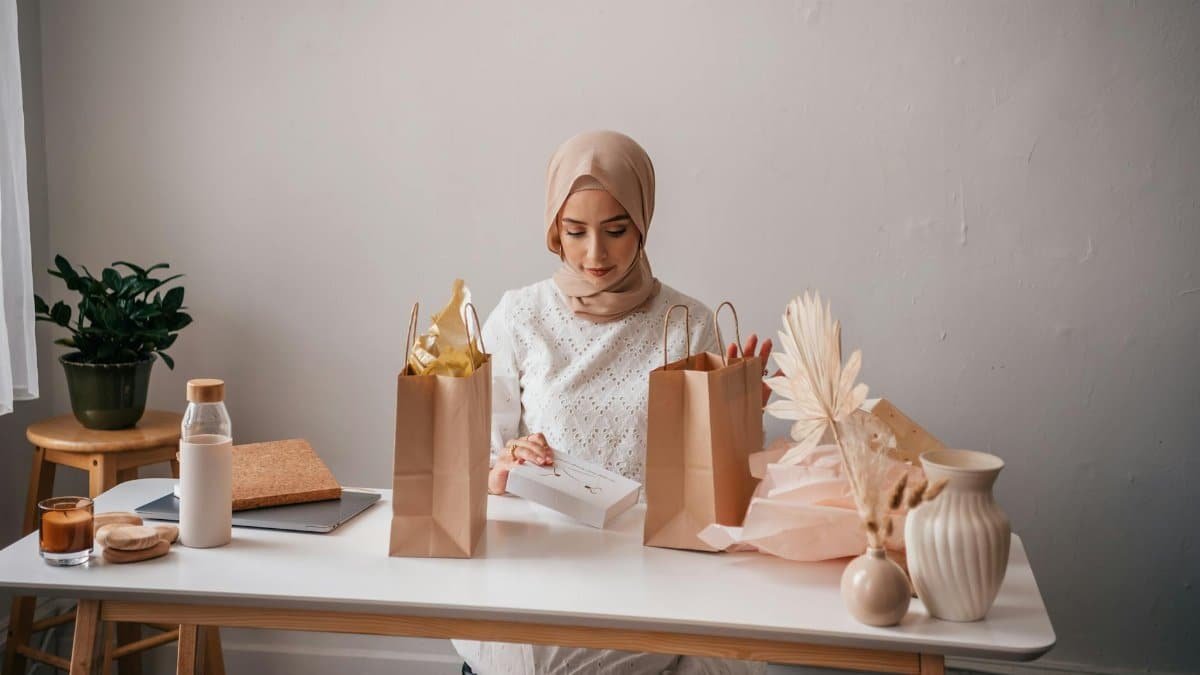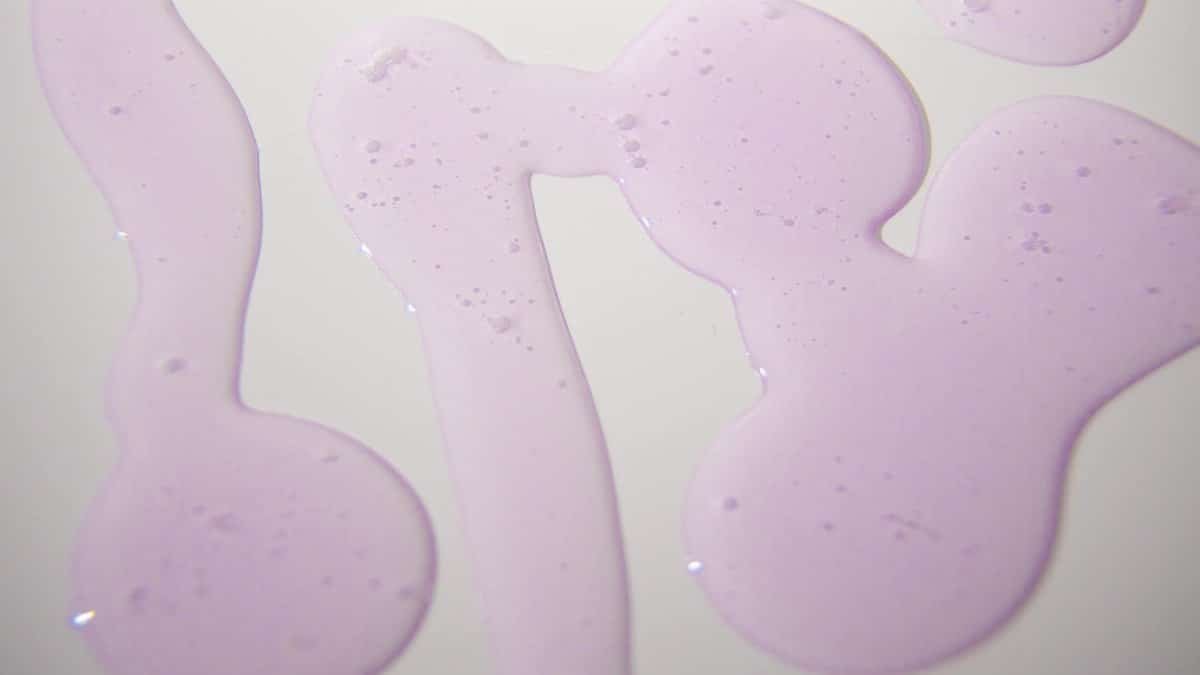Your bedroom might be spilling your deepest secrets without you knowing. Cluttered nightstands, dim lighting, or even the color of your sheets could reveal stress levels, creativity blocks, or hidden anxieties. Experts say achieving awareness balance, a mindfulness practice blending environmental harmony with inner peace, starts right here. In 2025, with rising mental health concerns across the U.S., more people are turning to their personal spaces for clues. A recent survey found 62% of Americans feel their rooms reflect their mindset, prompting a surge in home-based wellness tweaks.
The Clutter Connection

Disorganized bedrooms often signal chaotic thoughts. Psychologists link mess to heightened cortisol, the stress hormone. If your space is piled with clothes or gadgets, it might mean you’re avoiding tough decisions. Awareness balance encourages starting small: clear one drawer daily. This practice, rooted in mindfulness, helps restore mental clarity. In bustling cities like New York, where space is tight, residents report better sleep after decluttering.
Color Psychology at Play

Bedroom hues speak volumes about your emotional state. Blue walls promote calm, while red might indicate pent-up anger. A study from the American Psychological Association shows color influences mood directly. For awareness balance, opt for neutrals to foster equilibrium. U.S. trends in 2025 show a boom in pastel bedroom makeovers, with sales up 15% at home stores. It’s not just decor; it’s a window into your psyche.
Lighting and Shadow Secrets

Harsh overhead lights can expose feelings of exposure or vulnerability. Soft, warm lamps suggest a need for comfort. Dim environments might hide depression, according to mental health pros. Integrating awareness balance means adjusting light to match your energy needs. Natural light boosts serotonin, per findings from the National Institutes of Health. Americans are increasingly installing smart bulbs to control ambiance, aiding daily emotional check-ins.
The Bed as a Mind Mirror

Your bed’s condition reveals rest habits and subconscious fears. Unmade sheets could point to procrastination, while a perfectly tucked setup might scream perfectionism. Awareness balance teaches observing these without judgment. Yoga experts recommend morning rituals to align body and space. With remote work persisting in 2025, bedroom setups are under scrutiny as hybrid offices blur lines between rest and productivity.
Personal Items Tell Tales

Photos, books, or mementos in your bedroom narrate your life’s story. A lack of personal touches might indicate detachment. Overloading with memories could mean clinging to the past. To achieve awareness balance, curate items that inspire growth. A Pew Research report notes 45% of U.S. adults use bedrooms for reflection, up from pre-pandemic levels. This ties into broader wellness movements emphasizing intentional living.
Scent and Sensory Signals

Smells lingering in your room can uncover neglected emotions. Stale air might reflect stagnation, while fresh scents promote renewal. Essential oils like lavender aid relaxation, supported by research from the Centers for Disease Control and Prevention on aromatherapy’s benefits. In awareness balance, scent becomes a tool for mindfulness. Urban dwellers in 2025 are investing in diffusers to combat city stress.
Tech Intrusion Insights

Phones and screens bedside scream distraction addiction. This setup often correlates with anxiety spikes at night. Awareness balance advocates for tech-free zones to reclaim mental space. Studies show blue light disrupts sleep cycles, leading to foggy thinking. As U.S. telehealth booms, experts warn against bedrooms doubling as digital hubs, pushing for boundaries to enhance inner peace.
Space Layout and Flow

How furniture is arranged hints at your life’s priorities. A cramped layout might mean feeling trapped. Open designs suggest freedom-seeking. Feng shui principles align with awareness balance by promoting energy flow. In 2025, with housing costs rising, Americans are rethinking small spaces for better mental health. Simple rearrangements can shift perspectives overnight.
Noise Levels and Silence

A quiet bedroom implies a quest for tranquility, while constant hums from fans or streets point to tolerance for chaos. Awareness balance involves tuning into these sounds mindfully. Noise pollution affects 30% of urban residents, per environmental data. Creating silence pockets aids meditation, fostering deeper self-awareness in daily routines.
Transforming Insights into Action

Spotting these signs is step one; acting on them builds true awareness balance. Start with a room audit: note what feels off and adjust. Mental health pros say small changes yield big mind shifts. In a year where U.S. wellness apps hit record downloads, your bedroom could be the ultimate therapy tool. Listen to what it’s saying, and heal from within.
